There are many ways to frame a subject within a shot, which can range from showing their entire body to fixating on a finer detail, such as their eyes. In choosing the most fitting shot, you’ll need to bear in mind the message that you’re trying to communicate to your audience.
Here are some of the most common types of shots and how you can go about using them:
Establishing Shot
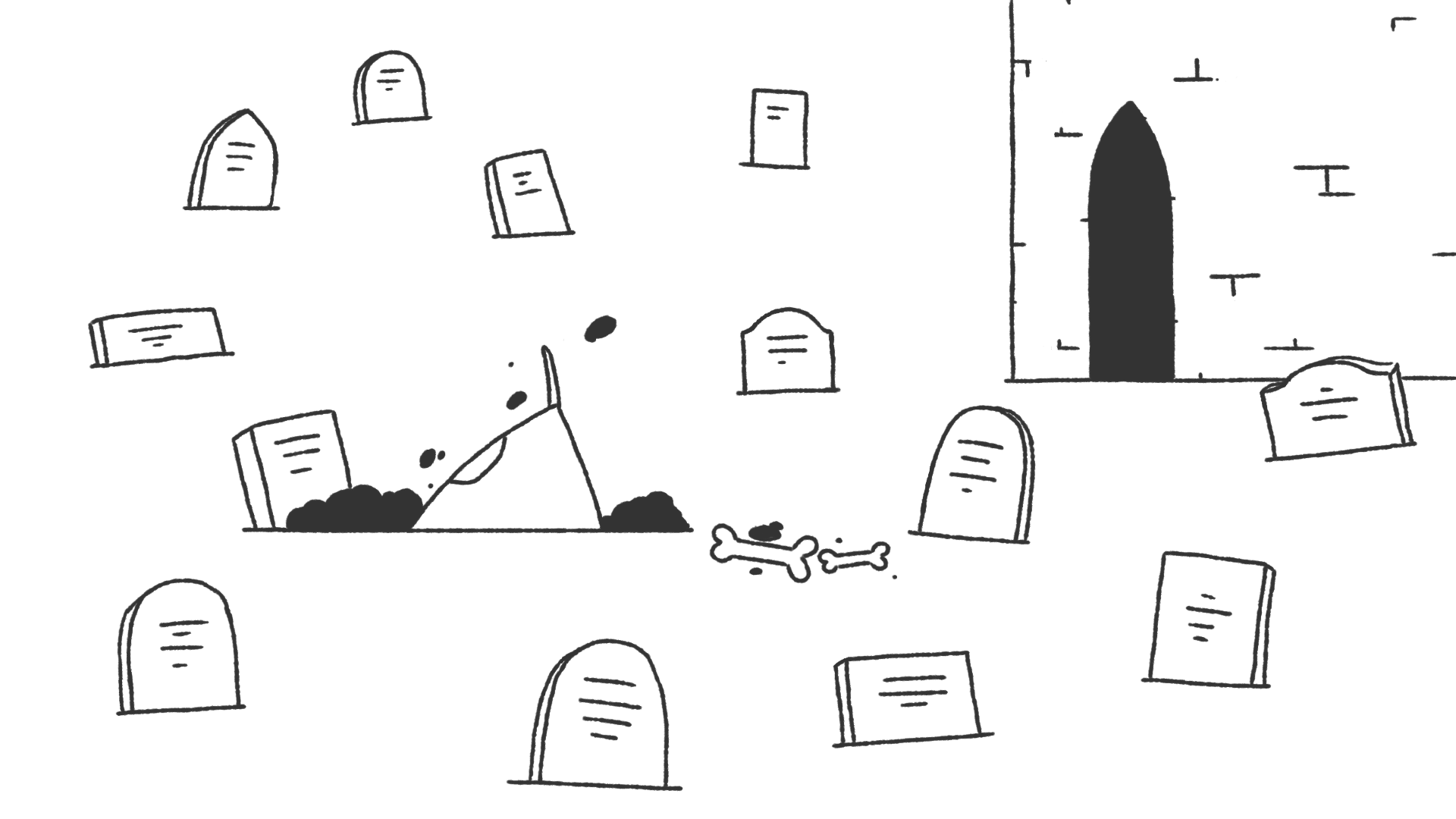
Often included at the beginning of a scene, the establishing shot helps to build ambiance and may give a nod towards the context of what’s to come. It generally comes in the form of a long shot and indicates where (and sometimes when) the scene is taking place.
Full Shot
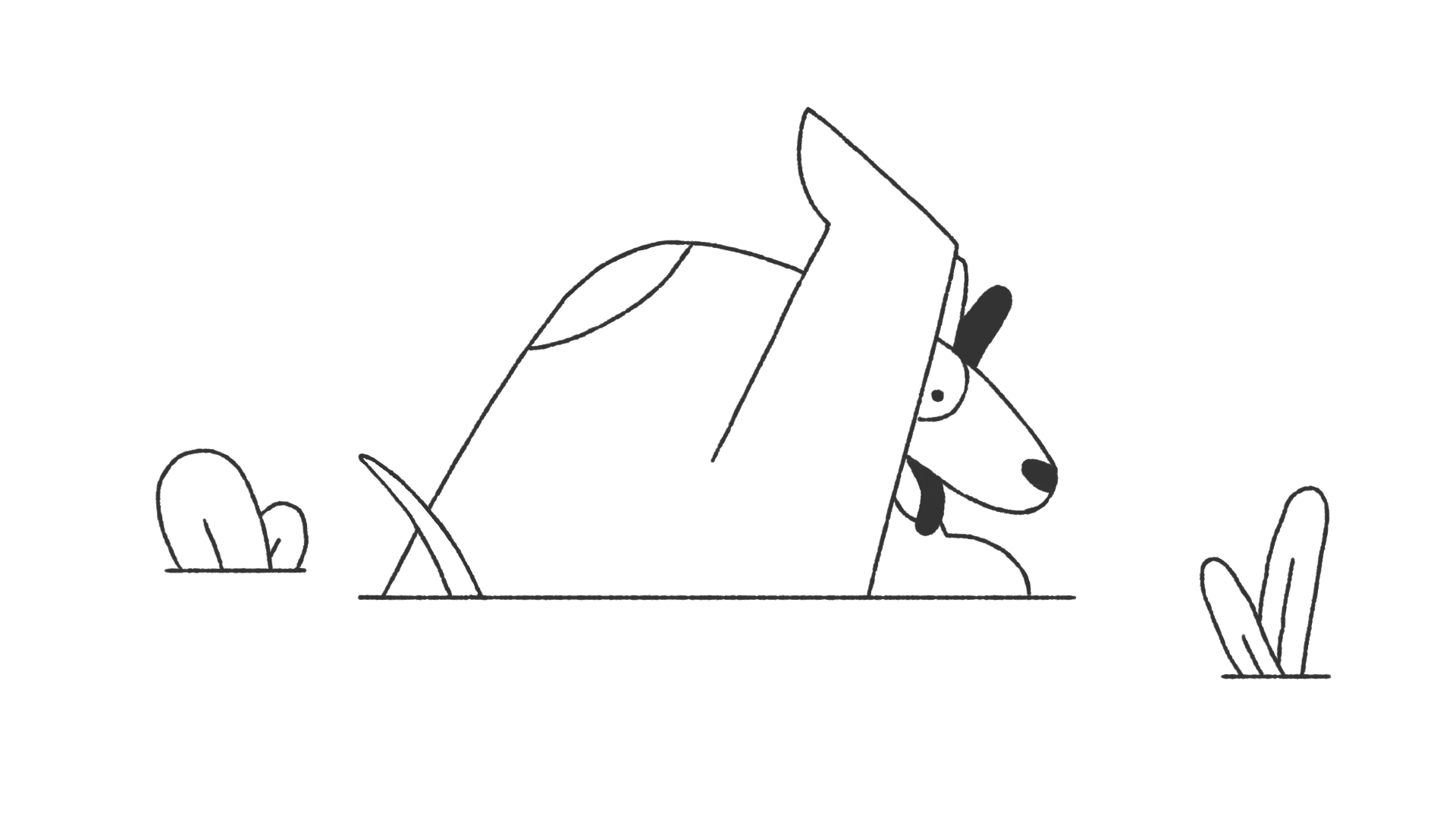
The full shot is just as the name implies and shows the entire body of the subject from head to toe. This shot tends to focus more on the character’s movement and gestures, rather than their state of mind.
Medium Shot
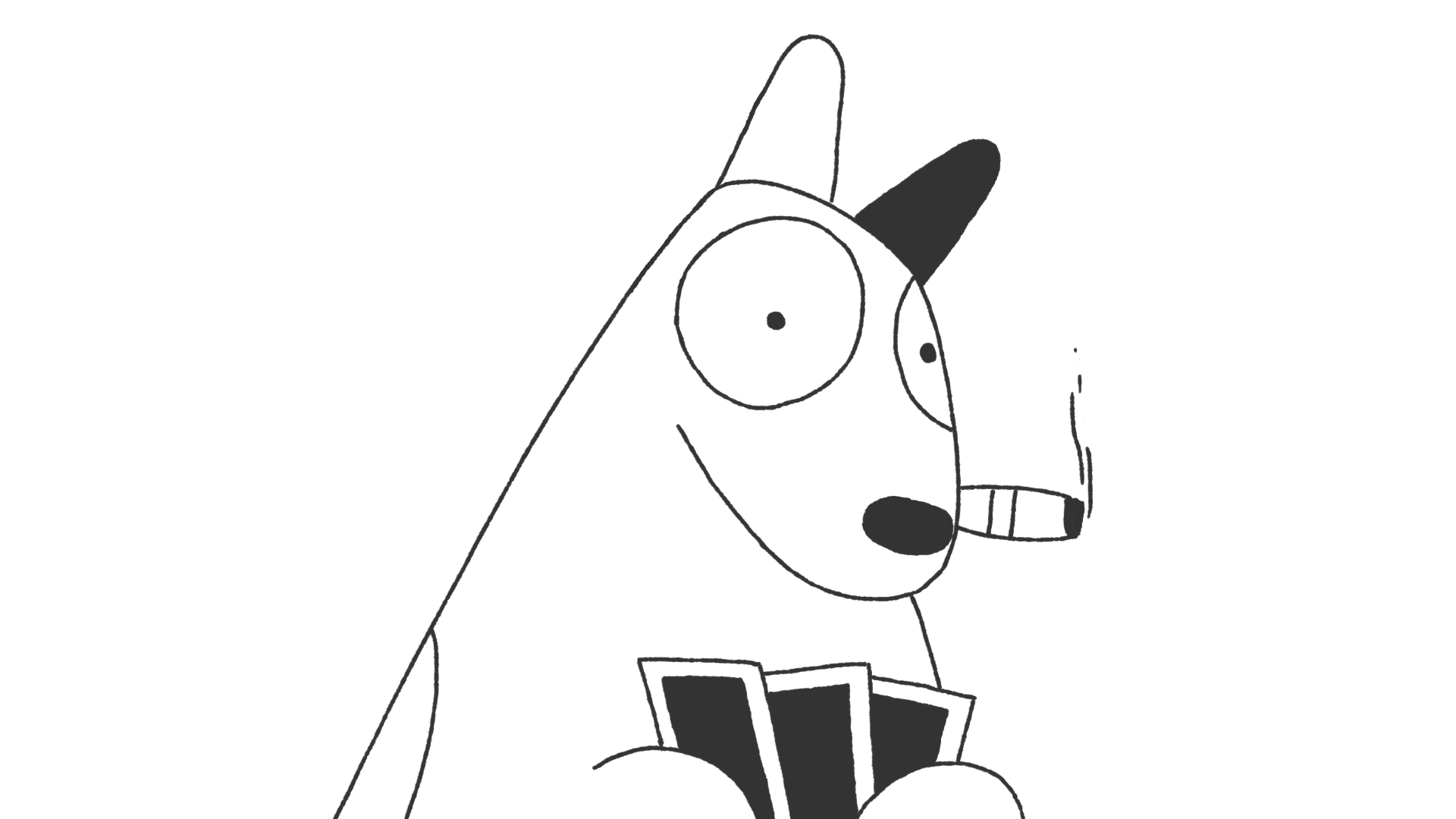
Also known as the ¾ shot, the medium shot typically shows the subject from the knees up. It allows the viewer to see the background environment and the character’s gestures, while still being close enough to capture their emotions.
Close Shot
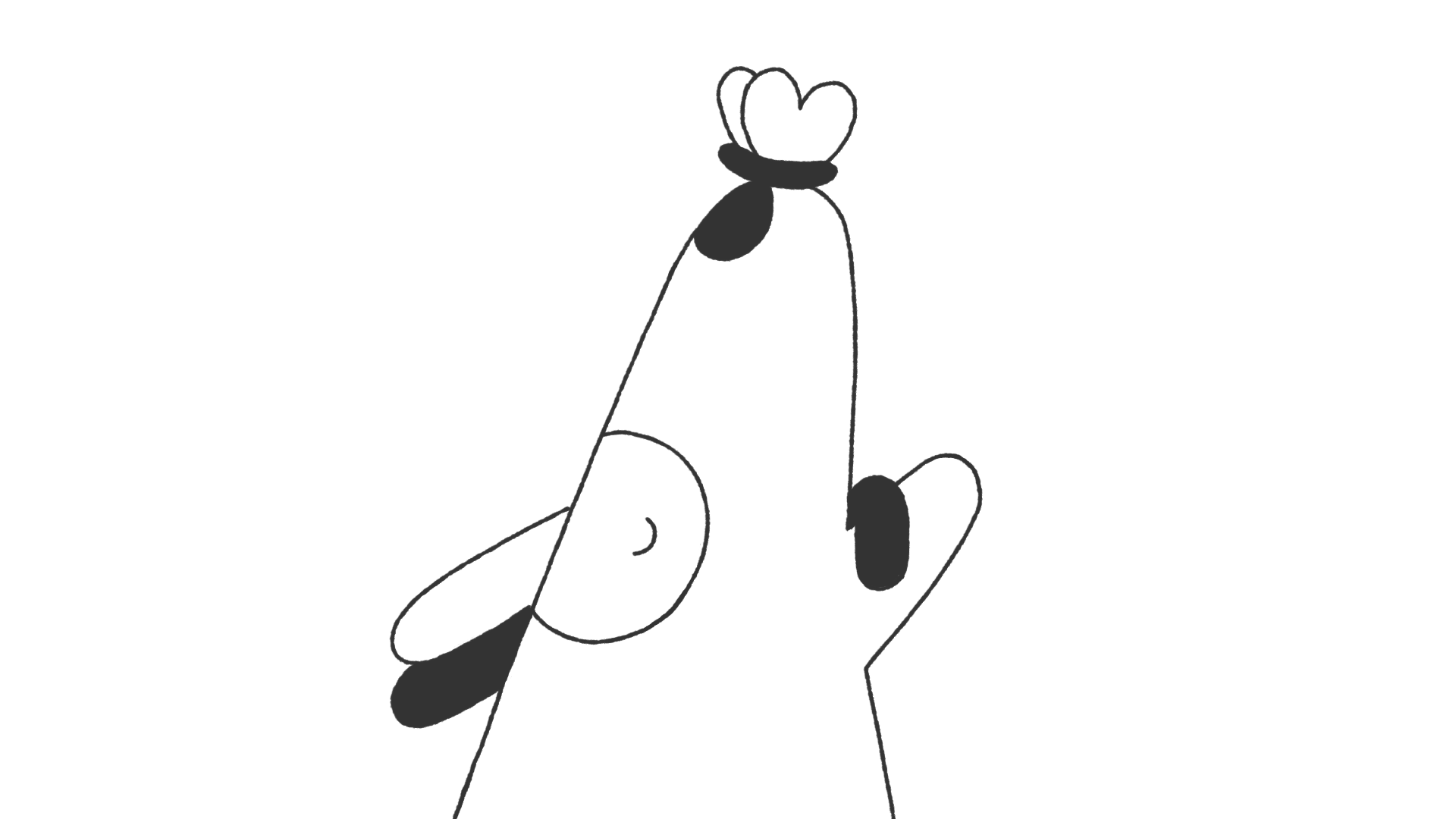
With a close shot, the subject’s head/face takes up the majority of the frame and therefore, allows their reactions and emotions to dictate the scene. The subject becomes the prominent focus and helps the audience build a personal connection, without being distracted by background interferences.
Extreme Close Shot
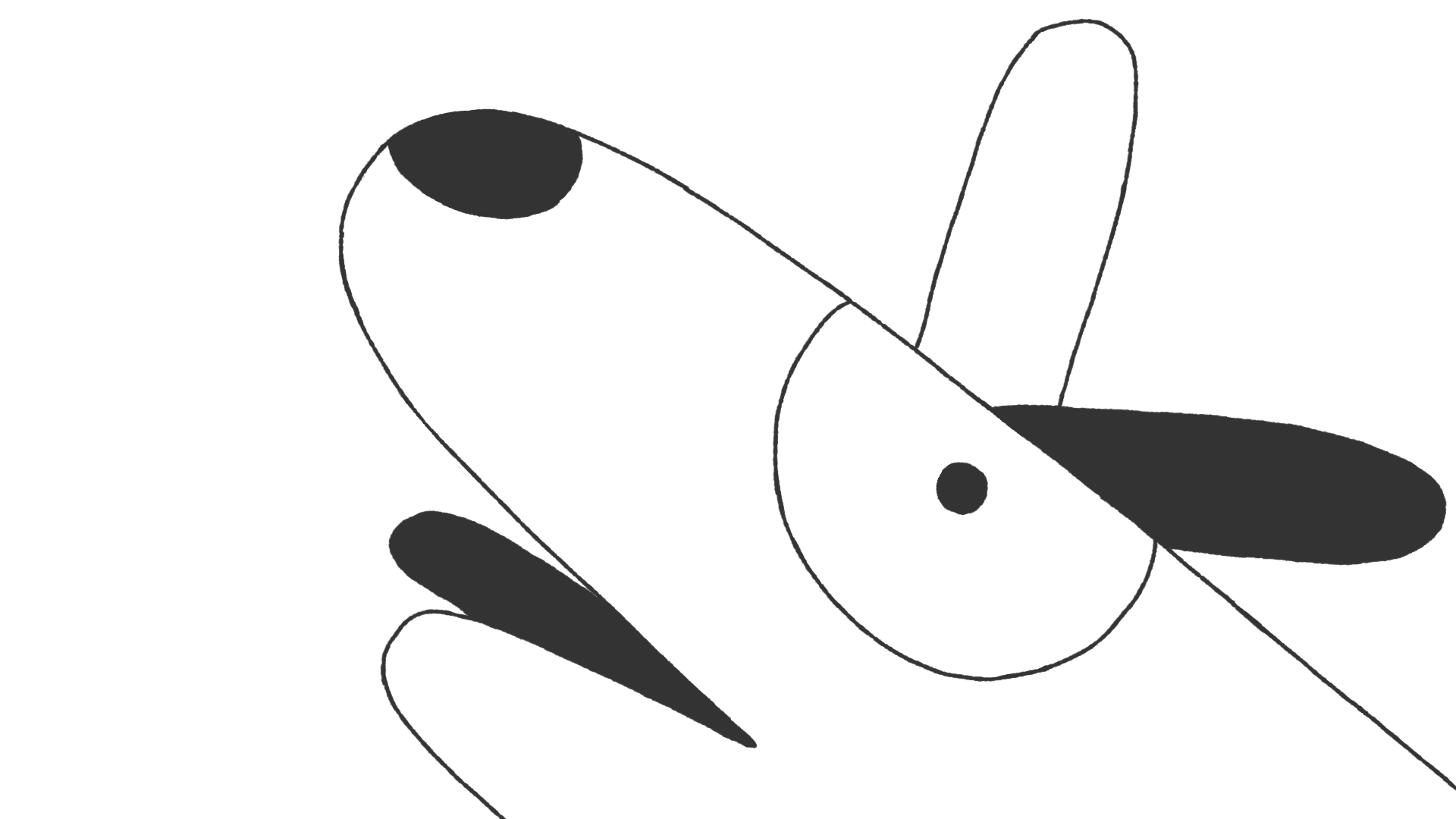
An extreme close shot is so close that only one specific detail, such as a person’s eyes or mouth, can be seen. Because of the unnaturally close nature of the shot, it should be used sparingly, but when used appropriately, an ECS can be incredibly effective at adding drama to a scene. It allows the viewer to see details that may have otherwise gone unnoticed and can really accentuate the emotions that the subject is experiencing.
Up Shot
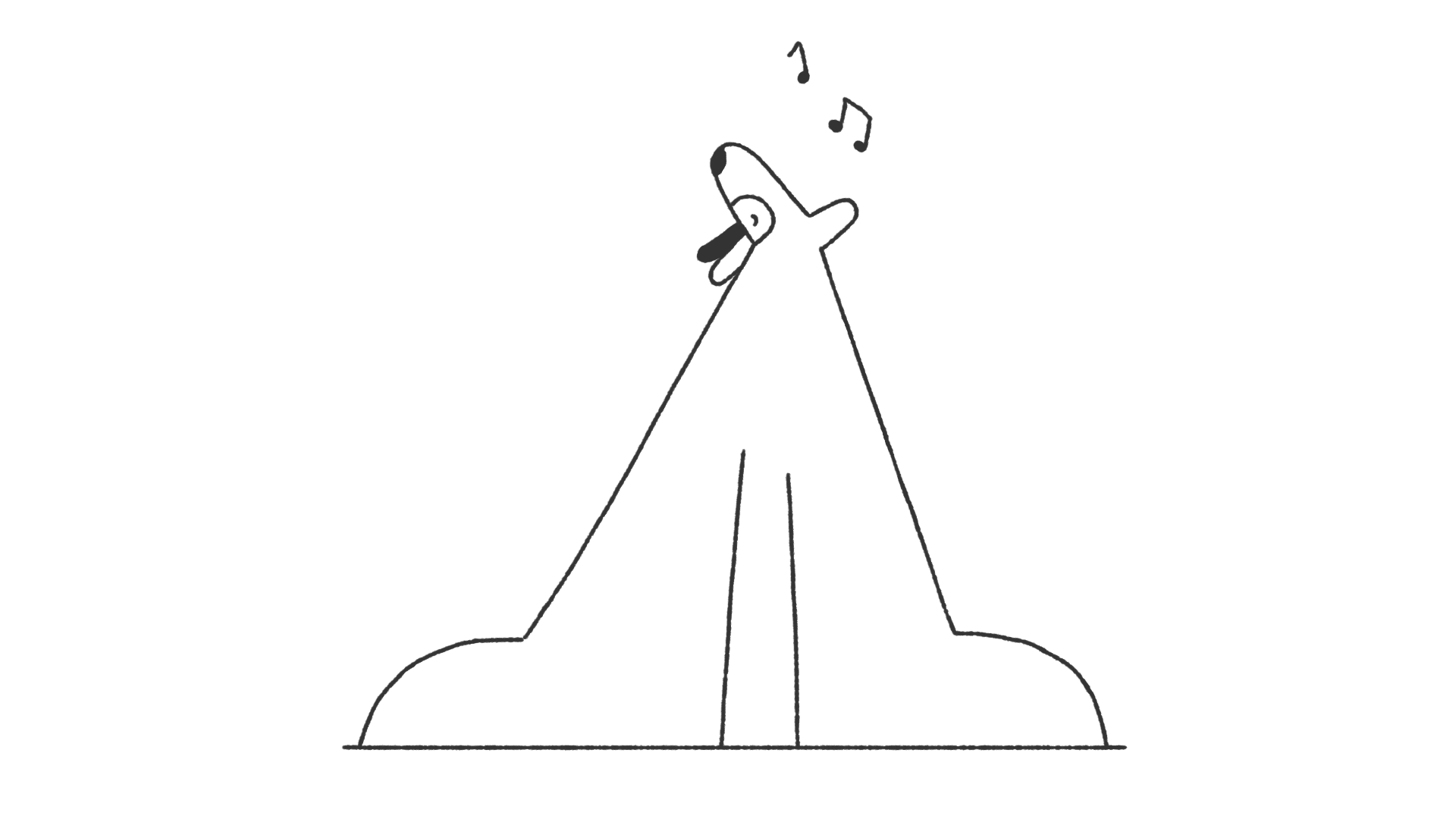
An up shot is taken from below the eye-level of the subject and creates the perception that the viewer is looking at them from a lower perspective. This type of shot can give the impression that the subject is in some way powerful, heroic or even dangerous.
Down Shot
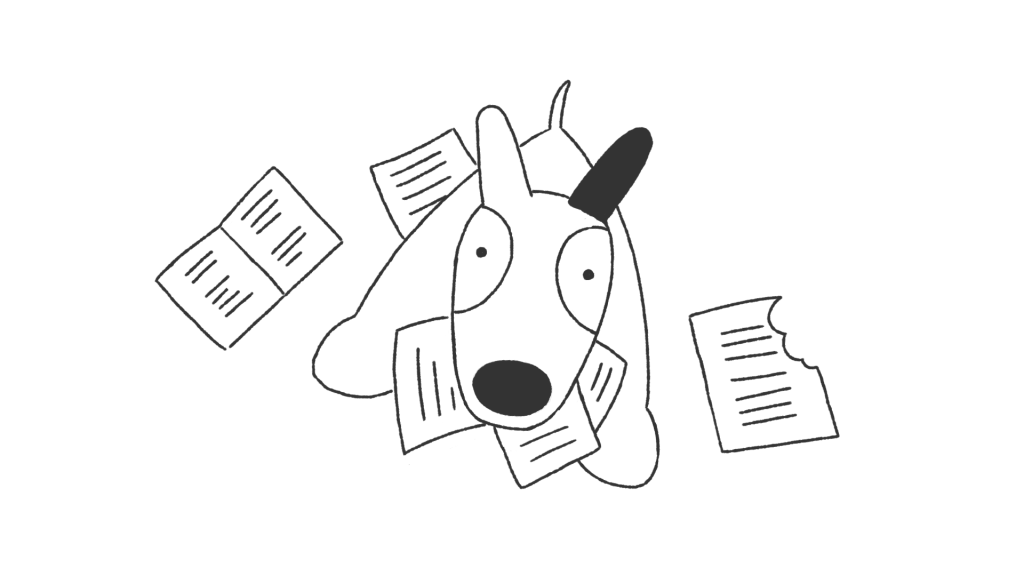
A down shot, in contrast to an up shot, is taken from above the eye-level of the subject and can make the subject seem vulnerable or powerless.
Over The Shoulder Shot
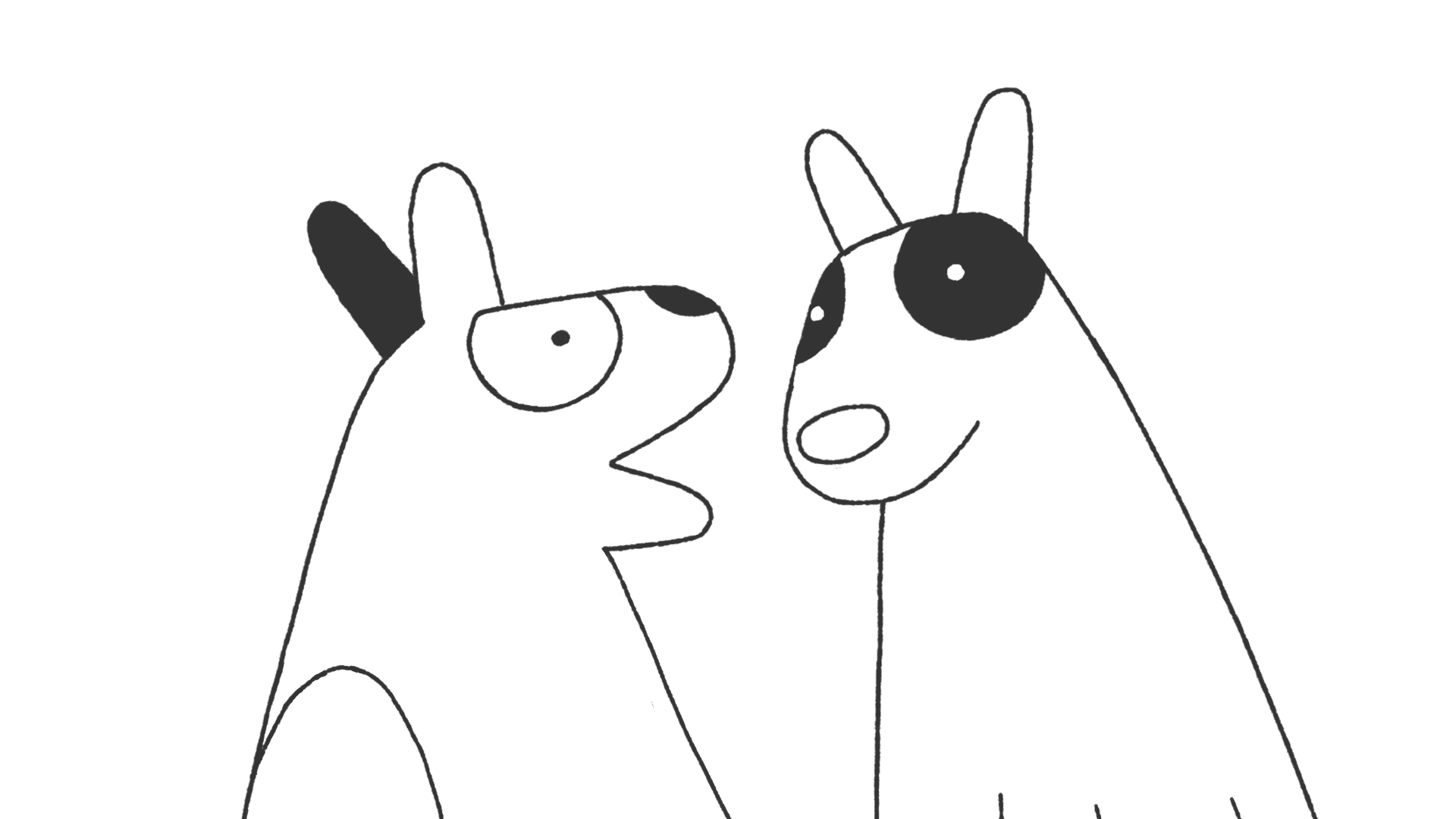
This type of shot is taken from behind the shoulder of another character and typically frames the subject in a medium or close shot. It is particularly effective in group conversation scenes and helps establish which characters are speaking to each other.
Two Shot
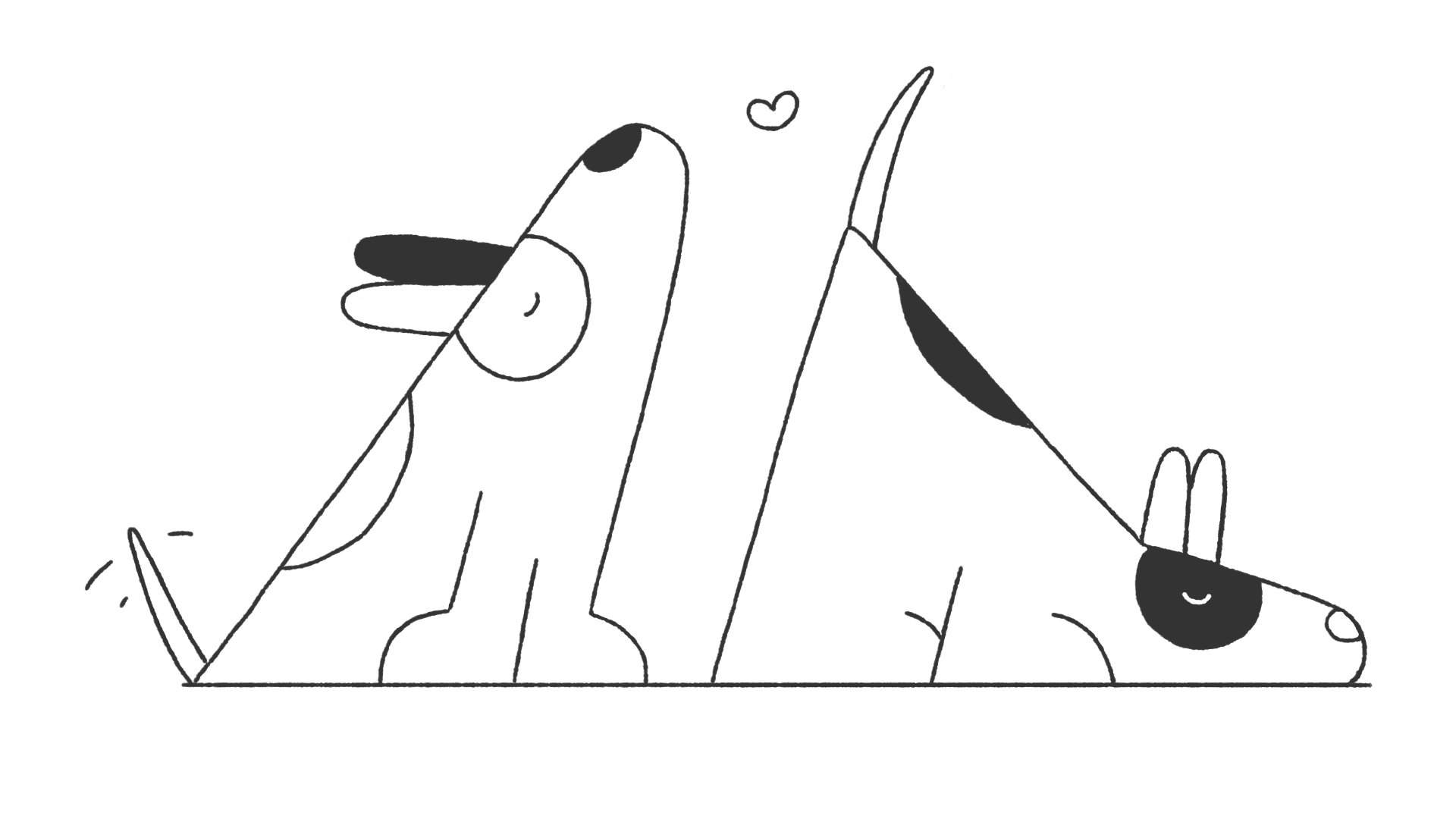
A two shot presents two characters together within the same frame. It’s a natural means of introducing both people and can be used to shed light on their relationship with one another. Different variations of the two shot can be applied to deliver different messages about the characters. For example, when characters are positioned next to each other, it may give the impression that they have equal prominence within the scene.
Point of View Shot
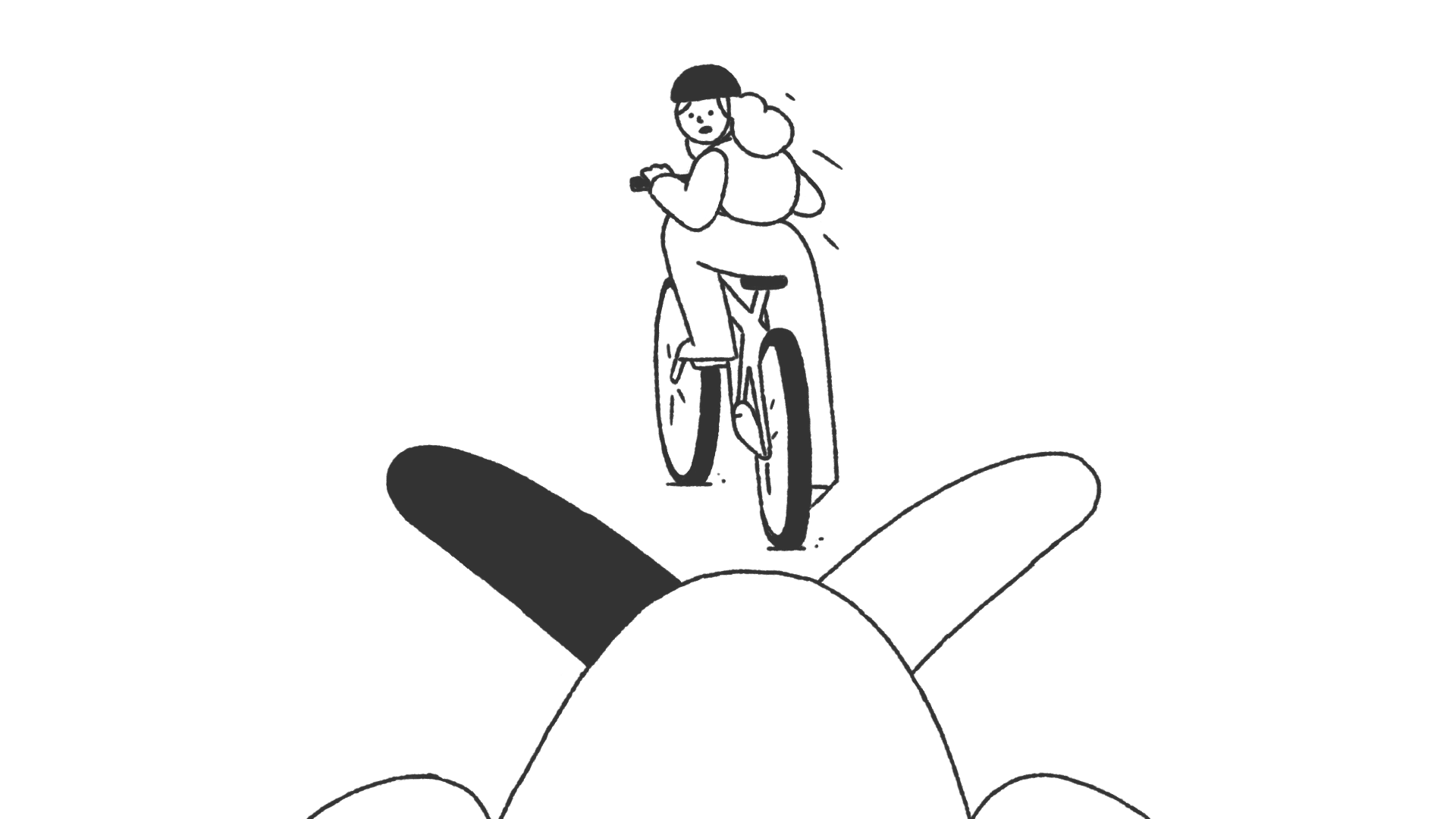
The point of view shot, also known as the POV shot, depicts an angle that shows what a character is looking at. This type of shot allows the viewer to take on the perspective of the character and begin to understand their state of mind on a more personal level.
Abbreviations and Other Shot Types
Some types of camera shots might be describe with a shorthand.
| Abbreviation | Full Term | What It Shows | Typical Use |
| WS | Wide Shot | The full body of the subject and surrounding environment | Establishes scale, context, and movement in space |
| MS | Medium Shot | Subject from waist up (roughly) | Balances detail with body language; conversational or performance focus |
| CU | Close-Up | Tight framing on face, hands, or object | Emphasizes emotion, detail, or critical action |
| ECU | Extreme Close-Up | Very tight framing (eye, finger, string, pick) | Hyper‑detail; surreal or intense focus; often stylized |
| OTS | Over-the-Shoulder | Shot framed from behind a subject’s shoulder | Creates perspective, relational context, or POV emphasis |
| Insert | Insert Shot | Isolated shot of an object or detail (e.g., bass strings, strap buckle) | Provides narrative clarity, rhythm, or visual punctuation |
| EST / ES / WES | Establishing Shot | Used in shot lists and scripts to mark the wide, scene‑setting opener | anchors geography, mood, and spatial relationships before cutting into tighter coverage |
| WAS | Wide Aerial Shot | if you want to emphasize both altitude and breadth | Often used as EST / WES |
| DR / DRN / AR | Drone Shot | Common in modern shot lists to distinguish aerial coverage from crane/jib | Adds altitude, sweeping motion, or scale |
| OHS | Overhead Shot | when the drone is used for a straight‑down “God’s eye” view | Stylized mapping, choreography, or battlefield/city grid clarity |